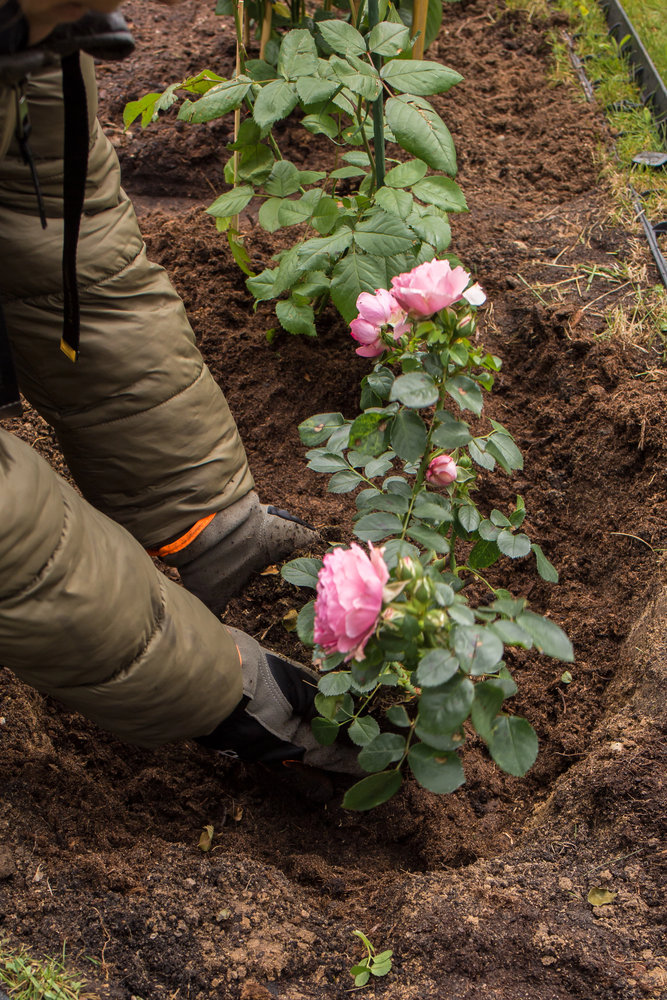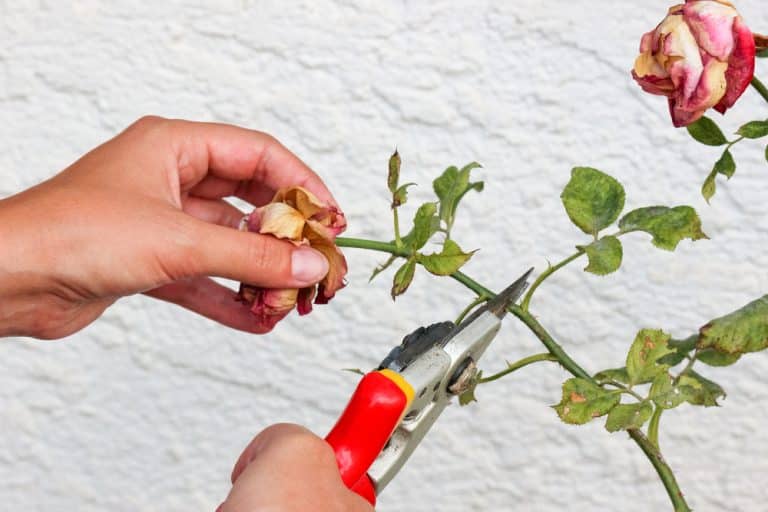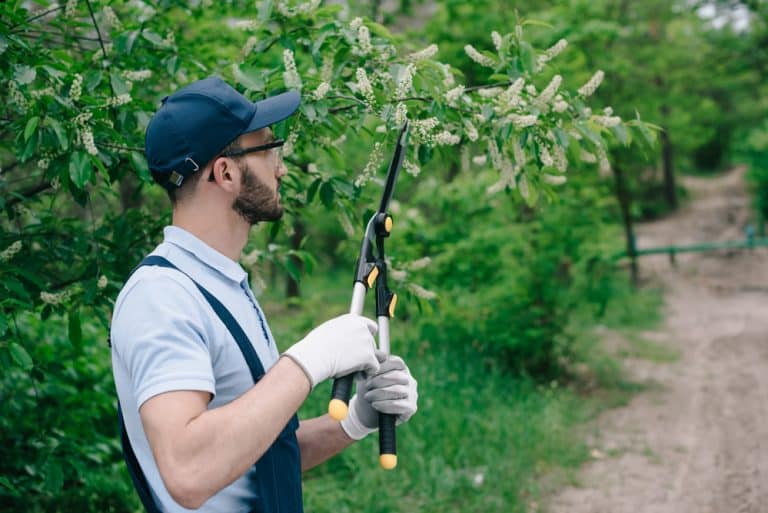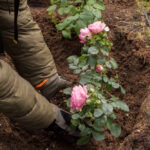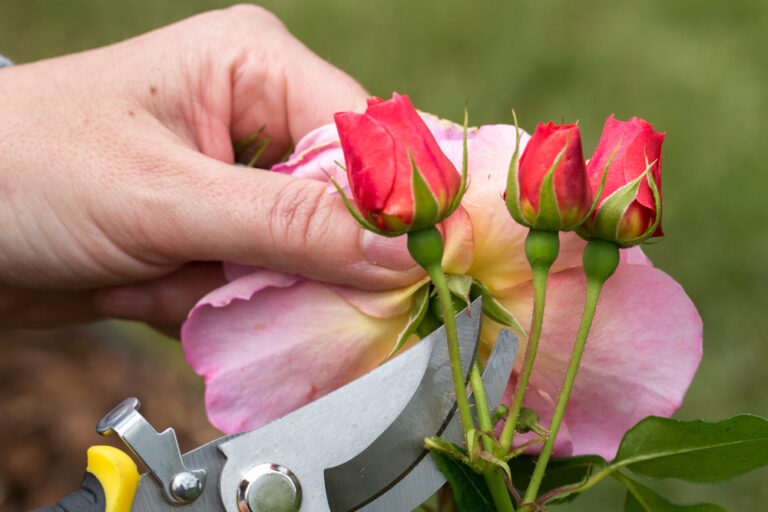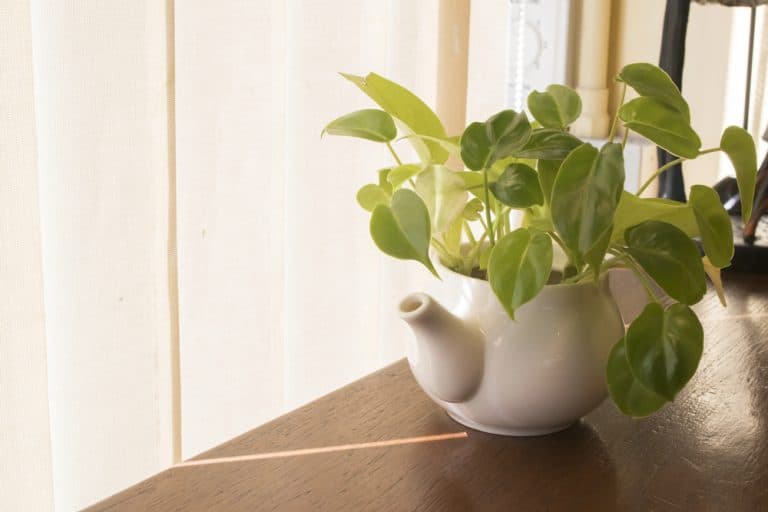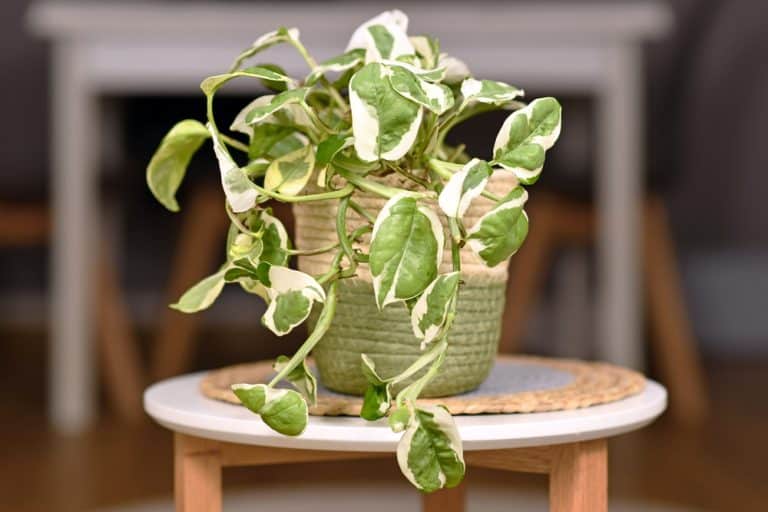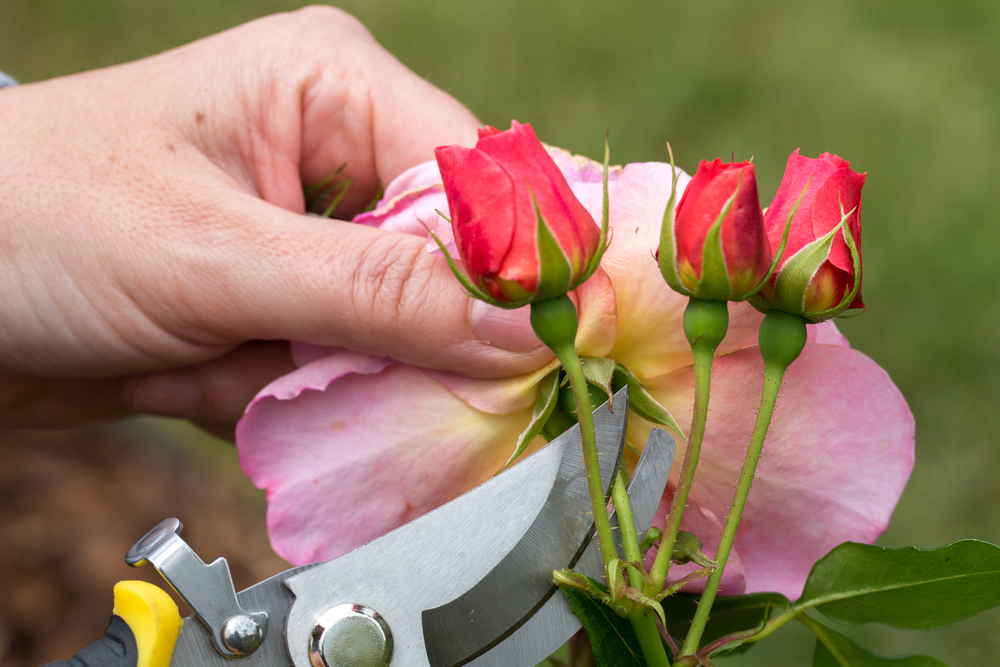
1. Understanding Rose Care: The Foundation of Blooming Beauty
If you’ve ever stopped to admire a neighbor’s lush rose garden and wondered how they do it, the answer is simple: rose care. Roses aren’t as fussy as their reputation suggests—what they really crave is consistency. Proper rose care involves understanding your soil, your local climate, and your rose variety. Whether you grow hybrid teas, climbers, or shrub roses, all need attention to soil quality, sunlight, and air circulation.
Start by testing your soil’s pH (roses prefer slightly acidic conditions around 6.0–6.5). Enrich it with organic matter like compost or aged manure, which boosts drainage and nutrients. Think of this as the foundation of rose care—healthy soil equals happy roses.
2. Choosing the Right Rose Variety for Your Garden
Successful rose care starts before you even plant. Choose varieties suited to your region’s growing conditions. If you live in a humid area, disease-resistant varieties like ‘Knock Out’ or ‘Carefree Beauty’ thrive with minimal fuss. For drier climates, English and shrub roses are sturdy choices.
Don’t overlook sunlight needs—roses adore full sun, ideally six hours daily. Partial shade can be tolerated, but too much shade means fewer blooms and more disease issues. Picking the right variety means your rose care routine becomes more joyful and less stressful.
3. Planting Roses the Right Way: Setting the Stage
Planting time matters. In most areas, early spring or fall is best—when the weather is cool but not freezing. Start by digging a hole twice as wide and just as deep as the root ball. Mix in compost and bone meal to provide a nutrient boost.
When placing the rose in the hole, spread the roots gently and position the crown (where roots meet stems) just below the soil line in colder regions—or slightly above in warmer ones. Backfill with soil, water thoroughly, and mulch around the base to retain moisture. This initial rose care step sets the stage for years of thriving growth.
4. Watering Wisely: A Key to Healthy Roses
Overwatering and underwatering are two of the biggest mistakes in rose care. Roses love deep, consistent watering rather than frequent shallow drinks. A good rule of thumb: about 1 inch of water weekly, either from rainfall or your garden hose.
Always water at the base, not overhead. Wet leaves can invite fungal problems like black spot and powdery mildew. Early morning watering is best—it gives foliage time to dry and roots time to absorb.
For containers, check soil moisture often, as pots dry out faster. Thoughtful watering keeps your rose care routine both effective and eco-friendly.
5. Feeding Your Roses: The Secret to Endless Blooms
Fertilizing is where rose care turns scientific—and satisfying. Roses are hungry feeders, needing balanced nutrition to produce lush blooms. Use a slow-release fertilizer or organic rose food every 4–6 weeks during the growing season.
Look for nitrogen (for green growth), phosphorus (for blooms), and potassium (for strength). Add Epsom salt once a month to boost magnesium and enhance flower color. Always water well before and after feeding to prevent root burn.
Remember: consistent, moderate feeding beats sporadic overfeeding every time. This steady nourishment keeps your rose care routine in bloom.
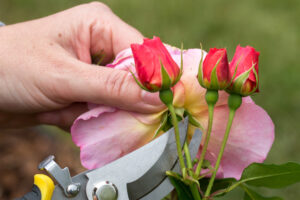
6. Pruning and Deadheading: Shaping for Strength and Beauty
Pruning might seem intimidating, but it’s essential to rose care. Think of pruning as a haircut that encourages healthy new growth. In late winter or early spring, remove dead, damaged, or crossing branches. Always cut at a 45-degree angle about ¼ inch above an outward-facing bud.
During the blooming season, deadhead—remove faded flowers—to encourage more blooms. This redirects the plant’s energy from seed production back into flowering.
Pro tip: disinfect pruning shears between plants to avoid spreading disease. Pruning perfects your rose care routine by balancing growth and bloom.
7. Battling Pests and Diseases Naturally
No matter how careful you are, pests like aphids, spider mites, and Japanese beetles may visit your roses. Stay ahead with proactive rose care: inspect your plants regularly. A gentle blast of water often knocks off small insects. For persistent infestations, use insecticidal soap or neem oil, both natural and safe options.
Common diseases like black spot and powdery mildew thrive in damp, crowded conditions. Prevent them with good air circulation and by removing infected leaves promptly. Mulching also helps by preventing soil-borne spores from splashing onto leaves.
Healthy, well-fed plants are your best defense—balanced rose care keeps pests at bay.
8. Winter Protection: Helping Roses Rest and Recharge
Even roses need a winter nap. As the growing season ends, proper rose care shifts to protection. Stop fertilizing about six weeks before your expected first frost to help roses harden off. After the first freeze, mound soil or mulch around the base of the plant (about 12 inches high) to insulate roots.
In extremely cold zones, add burlap wraps or rose cones for extra protection. For container roses, move pots to sheltered spots like a garage or basement.
This step of rose care ensures your plants wake up strong and ready to bloom again come spring.
9. Loving Maintenance: The Heart of Rose Care
True rose care isn’t just a checklist—it’s a relationship. Spend time observing your plants. Notice the way leaves change color, how buds form, how petals unfurl. The more you watch, the better you’ll anticipate needs.
Keep weeds at bay, refresh mulch annually, and tidy up fallen leaves to prevent pests. Support climbing roses with sturdy trellises or fences. And don’t forget to reward yourself with a bouquet from your own garden—it’s the best reminder of why rose care matters so much.
Ultimately, every act of rose care—watering, pruning, feeding, protecting—is an act of love. Roses respond to attention with gratitude in the form of stunning, fragrant blooms that transform your yard and your spirit.
Conclusion: Bloom with Confidence
With these nine heartfelt steps, your rose care journey becomes a joyful ritual rather than a chore. You’ll not only nurture healthier plants but also cultivate patience, mindfulness, and a deeper connection to nature.
Whether you’re a beginner planting your first bush or a seasoned gardener expanding your collection, remember: rose care is more about consistency than perfection. With a bit of knowledge and a lot of heart, your roses will reward you in every season.
References:
-
American Rose Society. “Rose Care Basics.” https://www.rose.org
-
Royal Horticultural Society. “Roses: Growing and Care.” https://www.rhs.org.uk/plants/roses
-
University of Illinois Extension. “Growing Roses.” https://extension.illinois.edu/roses
-
Better Homes & Gardens. “How to Care for Roses.” https://www.bhg.com/gardening/flowers/roses/rose-care/
